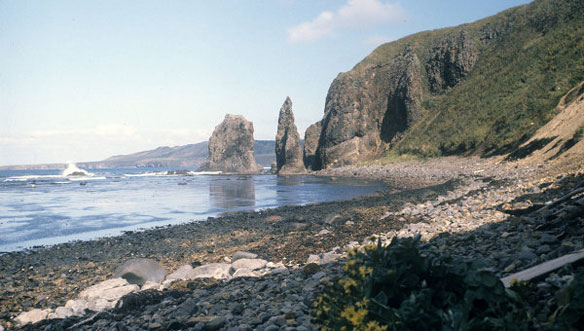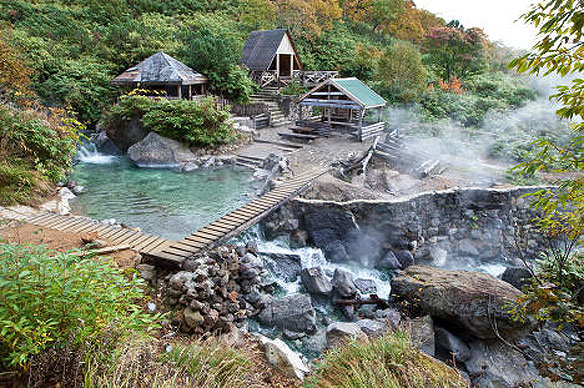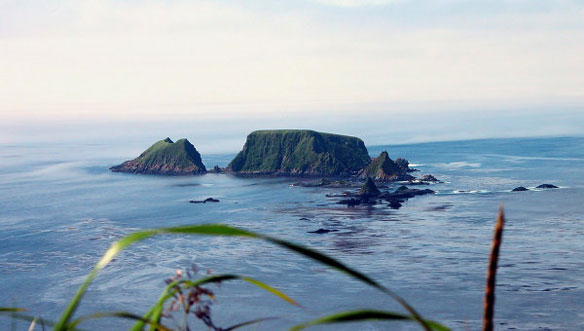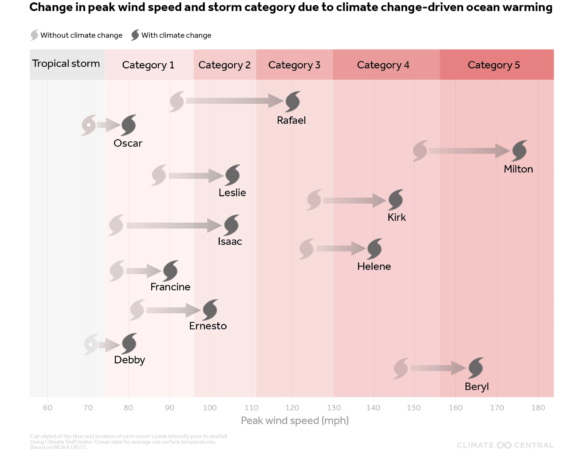
Kuril Islands. Photo Source: RIA Novosti. Alexandr Grashenkov
The Kuril Islands are a chain of volcanic islands between Russia’s Kamchatka Peninsula and Japan’s Hokkaido Island, which separate the Okhotsk Sea from the Pacific Ocean. The coastal waters of the Kuril Islands are home to seals, sea otters, killer whales and sea lions.
Kuril Islands. Photo Source: RIA Novosti. Alexandr Grashenkov
Excerpt from The University of Washington
On an isolated segment of islands in the Pacific Ring of Fire, residents endure volcanoes, tsunamis, dense fog, steep cliffs and long and chilly winters. Sounds homey, huh?
At least it might be for inhabitants of the Kuril Islands, an 810-mile archipelago that stretches from Japan to Russia. The islands, formed by a collision of tectonic plates, are nearly abandoned today, but anthropologists have learned that thousands of people have lived there on and off as far back as at least 6000 B.C., persevering despite natural disasters.
“We want to identify the limits of adaptability, or how much resilience people have,” said Ben Fitzhugh, associate professor of anthropology at the University of Washington. “We’re looking at the islands as a yardstick of humans’ capacity to colonize and sustain themselves.”

Photo Source: Sergei Krasnoukhov
Understanding what made residents stay and how they survived could inform how we adapt to modern vulnerabilities, including climate change. The findings also have implications for how we rebound from contemporary catastrophes, such as the Indonesian tsunami in 2004, hurricanes Katrina and Rita and last year’s earthquake in Haiti.
Fitzhugh is leading an international team of anthropologists, archaeologists, geologists and earth and atmospheric scientists in studying the history of human settlement on the Kuril Islands.
The team’s findings will be discussed Feb. 20 during a lecture, Scales of Vulnerability and Resilience in Human Settlement of the Kuril Islands, at the American Association for the Advancement of Science’s annual meeting in Washington, D.C.
The scientists are studying islands in the central portion of the Kurils, from Urup Island in the south to Onekotan Island in the north, about 75 percent of the island chain. During three expeditions, they’ve found small pit houses, pottery, stone tools, barbed harpoon heads and other remnants of the islanders’ fishing and foraging lifestyle.
The scientists believe that human settlements existed in three different waves, the earliest in 6000 B.C., the most recent in 1200 A.D.
Fitzhugh finds evidence that following volcanic eruptions and tsunamis, people left the settlements but eventually returned. Fitzhugh and his research team have found that mobility, social networks and knowledge of the local environment helped indigenous people survive.
“Having relatives and friends on other Kurils meant that, when something disastrous happened locally, people could temporarily move in with relatives on nearby islands,” he said.
Understanding the local environment also helped people survive the persistently foggy, dark and chilly environment. Since fog can shroud the islands, residents couldn’t navigate between islands by simply pointing their boats toward destinations. Fitzhugh and his collaborators suspect that indigenous Kurilians instead used bird behavior, water currents and water temperature to navigate.

Photo Source: Sergey Krivosheyev
Fitzhugh says that the Kurils’ population decline has less to do with environmental challenges and more to do with changes in social and political influences, such as skirmishes between Russia and Japan over control of the Kurils.
He adds that as a global society in a time of environmental changes, we have to protect abilities of small and vulnerable populations to sustain themselves.
“This is not something that will naturally rise to the top of priorities of large political systems without concerted effort,” Fitzhugh said.

Photo Source: Sergey Krivosheyev
Why Kuril dispute will not end any time soon, BBC









